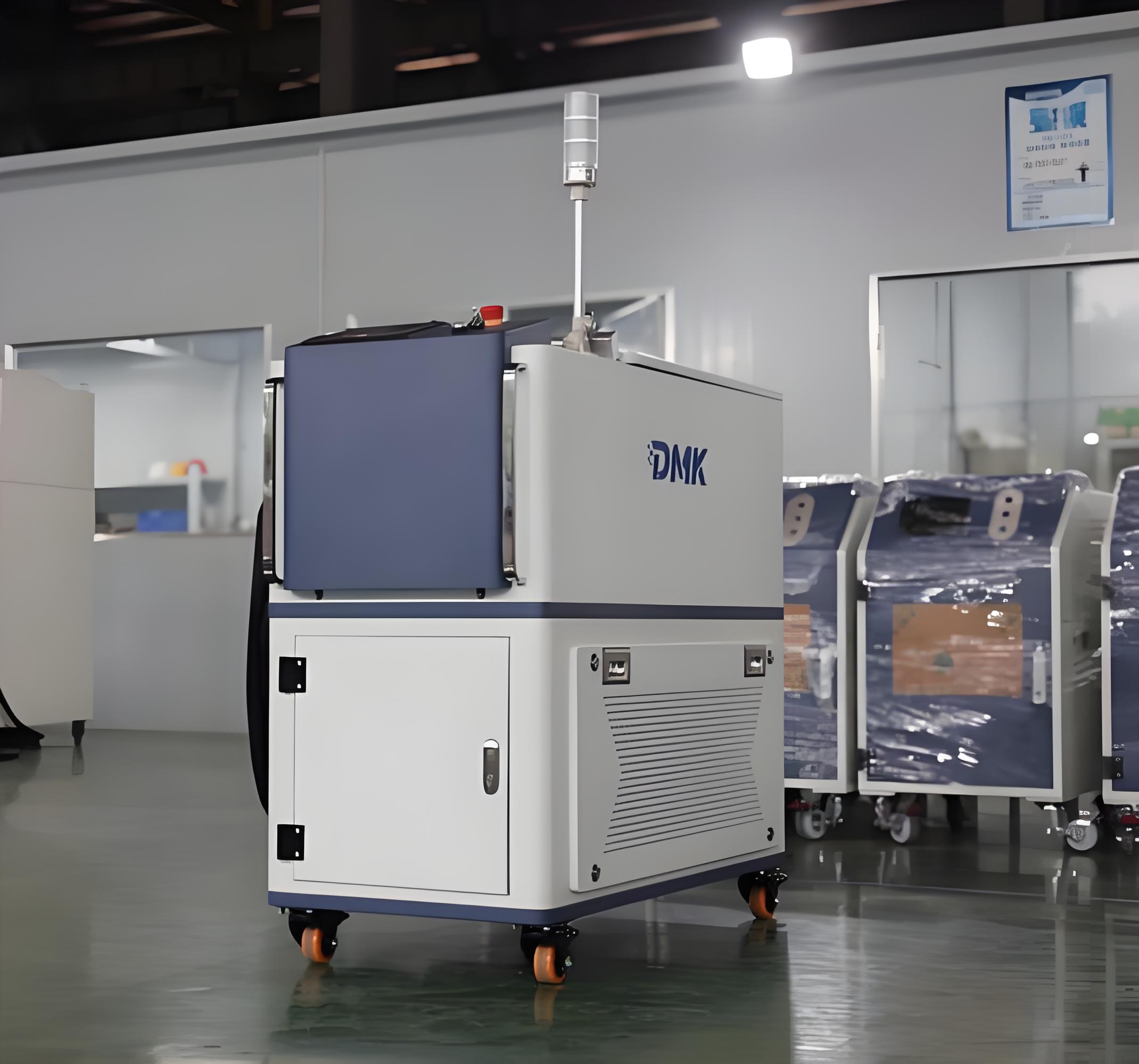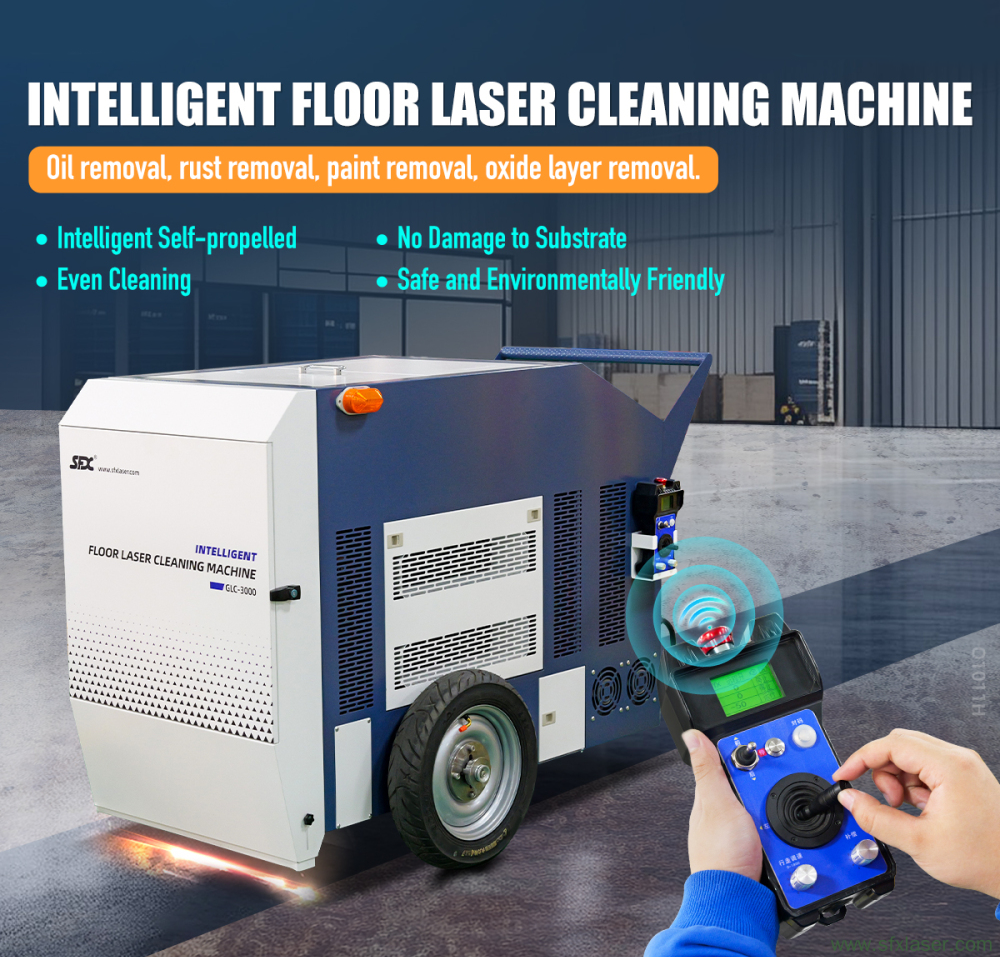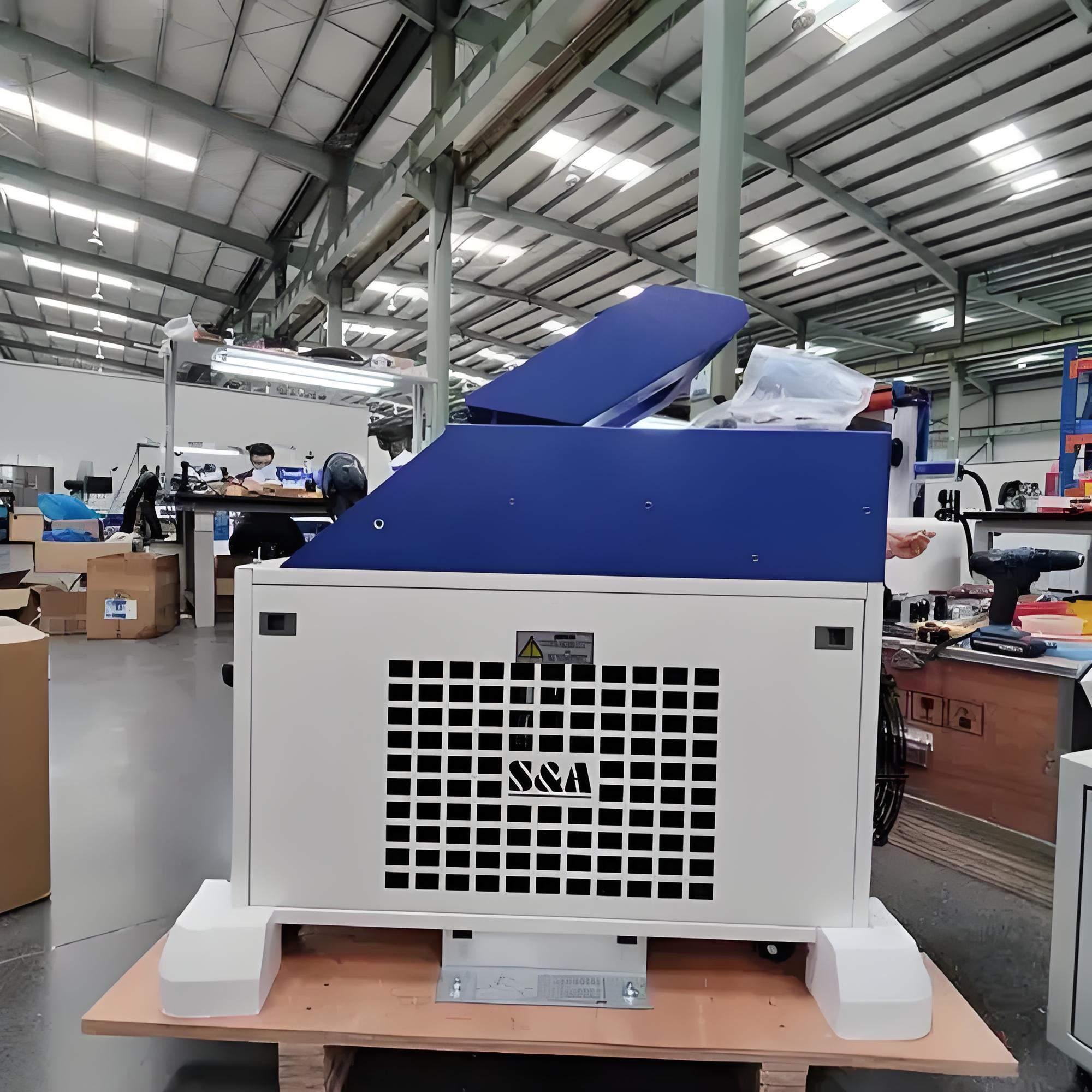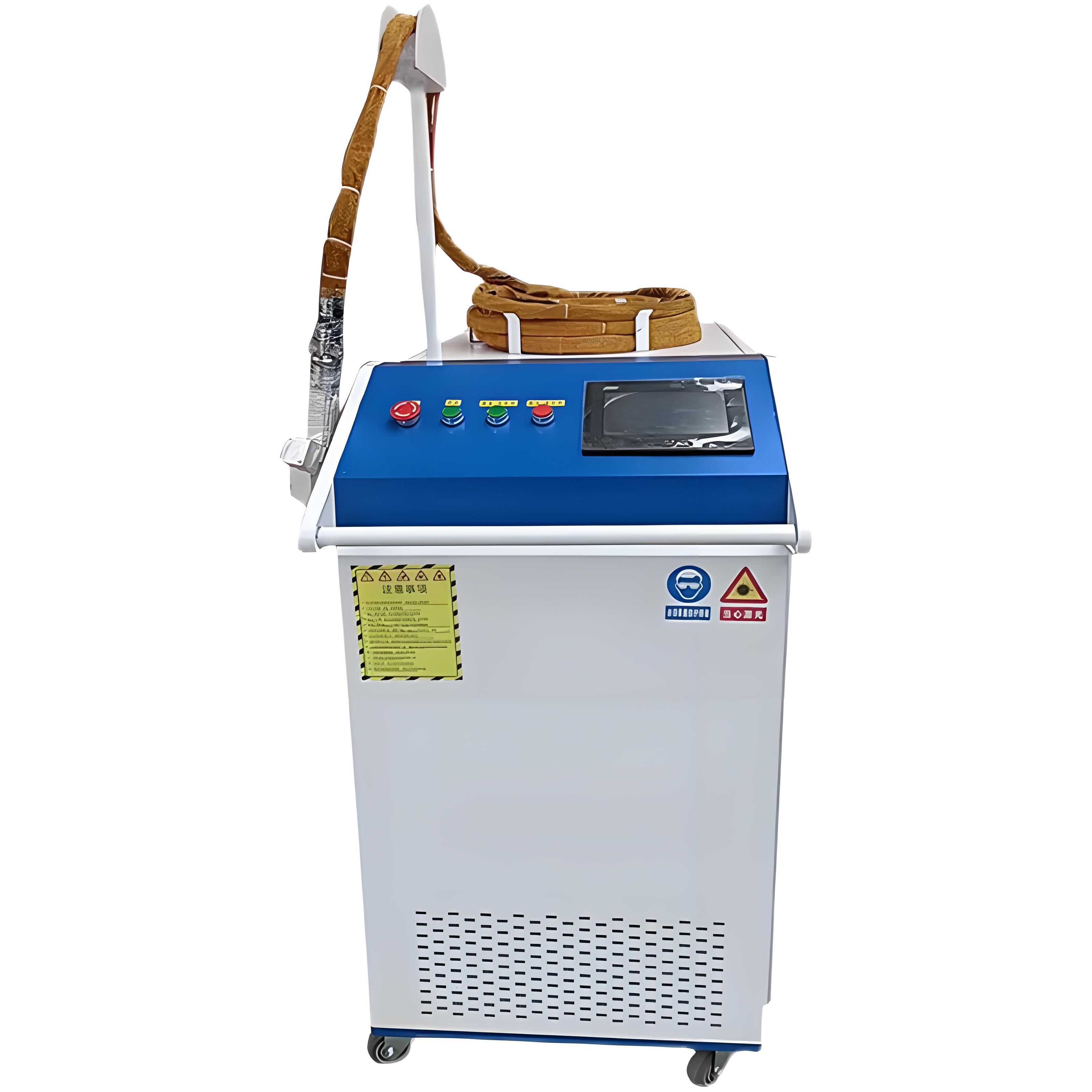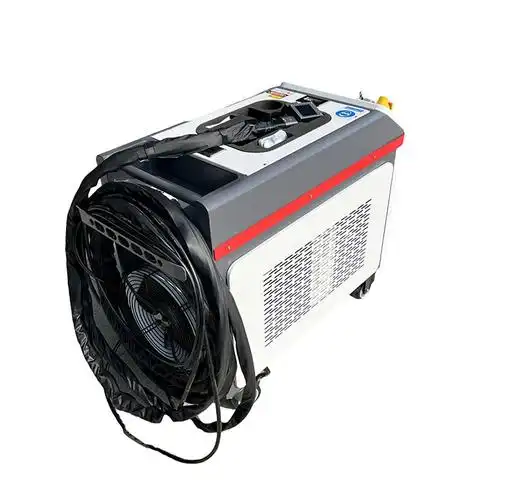As someone who’s spent years working with laser cleaning technologies in industrial settings, I’ve seen firsthand how the right equipment setup can make or break a project. One question that often comes up when discussing laser rust removal is the role of focal length—that critical distance between the laser lens and the surface being cleaned. Does it really matter? The short answer is yes, it matters a lot, but the details are where things get interesting. Let me share my experience and break down how focal length influences rust removal, why it’s a key factor, and how you can optimize it for the best results.
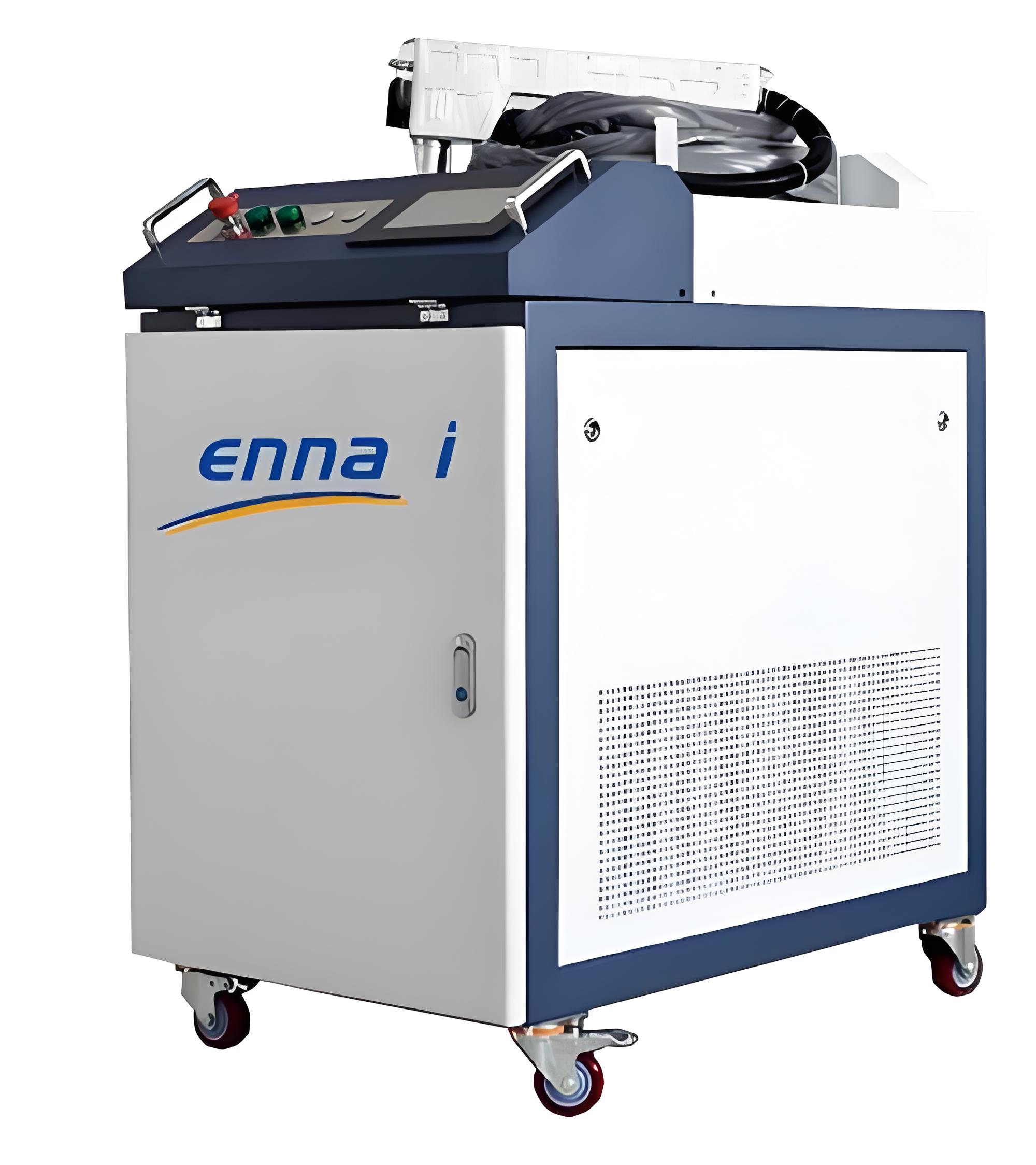
Understanding Focal Length in Laser Rust Removal
When we talk about focal length in the context of laser rust removal, we’re referring to the distance from the laser’s focusing lens to the point where the laser beam is most concentrated—its focal point. This is where the laser delivers maximum energy density, which is crucial for vaporizing rust without damaging the underlying metal. Think of it like focusing sunlight through a magnifying glass to burn a leaf: too close or too far, and the effect weakens.
In my years working with fiber laser cleaning systems, I’ve noticed that focal length isn’t just a technical detail—it’s a make-or-break factor for efficiency, precision, and even safety. A poorly chosen focal length can lead to incomplete rust removal, surface damage, or wasted energy. So, let’s dive into the specifics of how focal length impacts the process and what you need to know to get it right.
Why Focal Length Matters for Rust Removal
The effectiveness of laser rust removal hinges on delivering the right amount of energy to the rust layer. Rust, being an oxide, has a lower ablation threshold than most metals like steel or aluminum, meaning it vaporizes at a lower energy level. The focal length determines how tightly the laser beam is focused, which directly affects the energy density and the beam spot size on the surface.
Here’s why this is critical:
Energy Concentration: At the focal point, the laser beam is at its smallest diameter, delivering maximum energy per unit area. This is ideal for quickly heating and vaporizing rust. If the beam is out of focus (too close or too far), the energy spreads over a larger area, reducing its intensity and slowing down the process.
Precision and Control: A properly focused beam targets only the rust, leaving the metal substrate untouched. An incorrect focal length can cause the beam to either miss the rust or, worse, overheat the metal, leading to surface damage like roughness or burns.
Efficiency: The right focal length minimizes energy waste, reducing power consumption and operational costs. This is especially important in industrial settings where high-power lasers (e.g., 500W or more) are used for large-scale rust removal.
In my experience, getting the focal length right can mean the difference between a job that takes minutes and one that drags on for hours. It’s not just about speed, though—precision matters just as much, especially for delicate components like aerospace parts or historical artifacts.
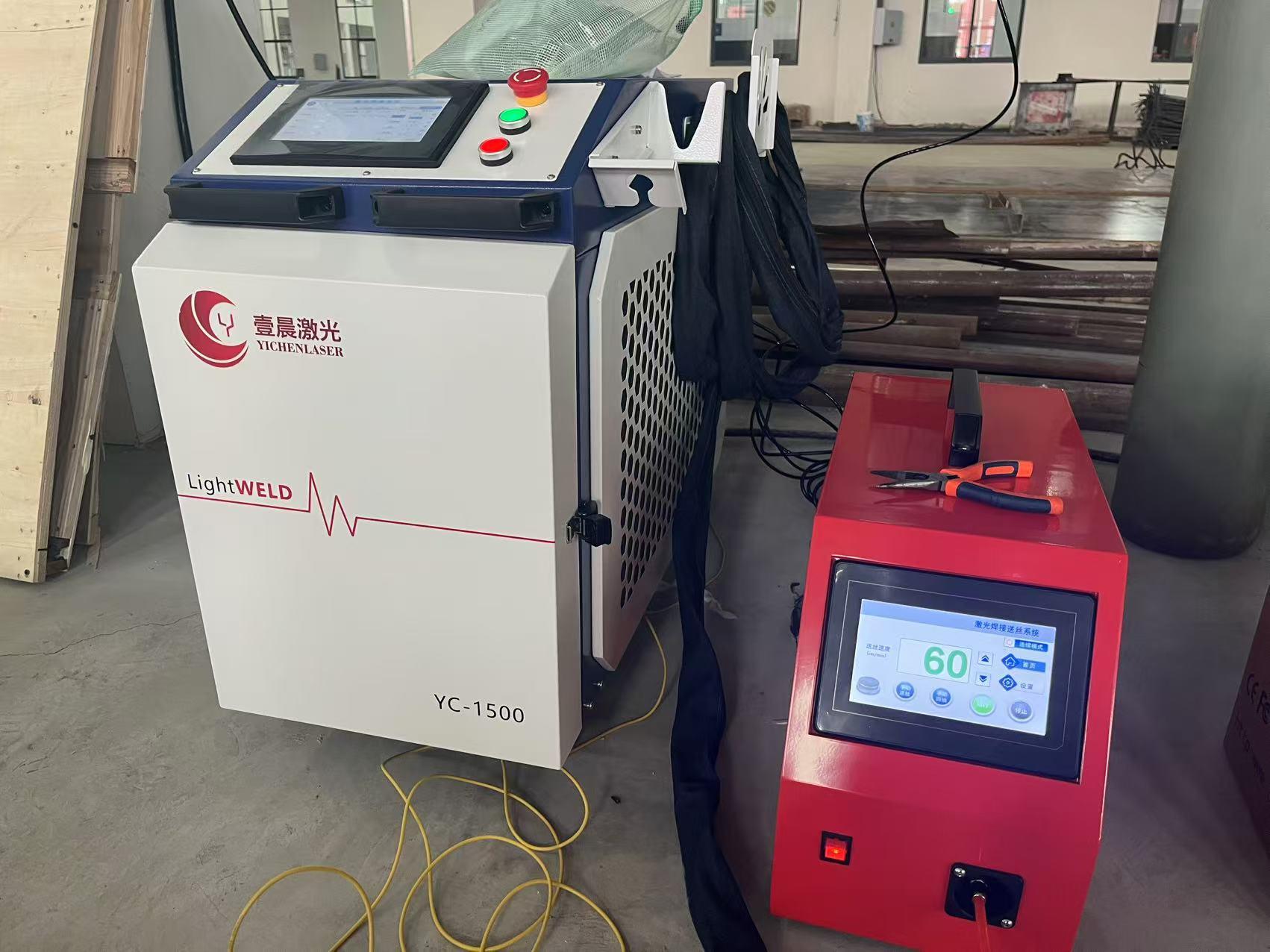
How Focal Length Affects Different Aspects of Rust Removal
To give you a clearer picture, let’s break down the impact of focal length on key performance metrics of laser rust removal. I’ve put together a table summarizing the effects of different focal length scenarios based on my observations in the field.
|
Focal Length |
Energy Density |
Rust Removal Speed |
Surface Impact |
|---|---|---|---|
|
At Focal Point |
High (optimal) |
Fastest |
Minimal damage, precise rust removal |
|
Too Short |
Low (beam too wide) |
Slower, incomplete rust removal |
Risk of uneven cleaning or missed spots |
|
Too Long |
Low (beam diverges) |
Slower, less effective |
Potential for surface overheating |
|
Variable (Adjusted) |
Adjustable |
Optimized for specific rust thickness |
Controlled, minimal substrate impact |
1. Energy Density and Rust Ablation
The laser’s ability to remove rust relies on exceeding the rust’s ablation threshold—the energy level needed to vaporize it. At the focal point, the beam is tight, delivering a high-energy pulse that instantly heats the rust to its vaporization point. I’ve worked on projects where a 1000W fiber laser, perfectly focused, could clean a rusty steel plate in seconds, leaving a mirror-like finish. But if the focal length was off by even a few millimeters, the same job took longer, and some rust patches remained stubborn.
For thicker rust layers, a slightly longer focal length might be used to increase the beam’s depth of field, allowing it to penetrate deeper without losing focus. This is something I’ve fine-tuned on heavy industrial equipment where rust buildup was severe.
2. Speed and Efficiency
Time is money in any industrial process. A laser focused at the correct focal length maximizes the speed of rust removal by ensuring every pulse delivers optimal energy. In one project, we were cleaning rusted automotive parts with a 1500W handheld laser. When the operator maintained the correct focal length (around 430 mm for our setup), we could clean several square meters per hour. Deviating from this sweet spot slowed us down significantly, sometimes requiring multiple passes.
3. Surface Protection
One of the biggest advantages of laser rust removal is its non-destructive nature. The laser targets the rust’s lower ablation threshold, leaving the metal intact. However, an incorrect focal length can disrupt this balance. I’ve seen cases where a too-short focal length caused the beam to spread, reducing its effectiveness and leaving a rough texture on the metal. Conversely, a too-long focal length sometimes overheated the surface, especially on thinner metals, causing minor burns or discoloration.
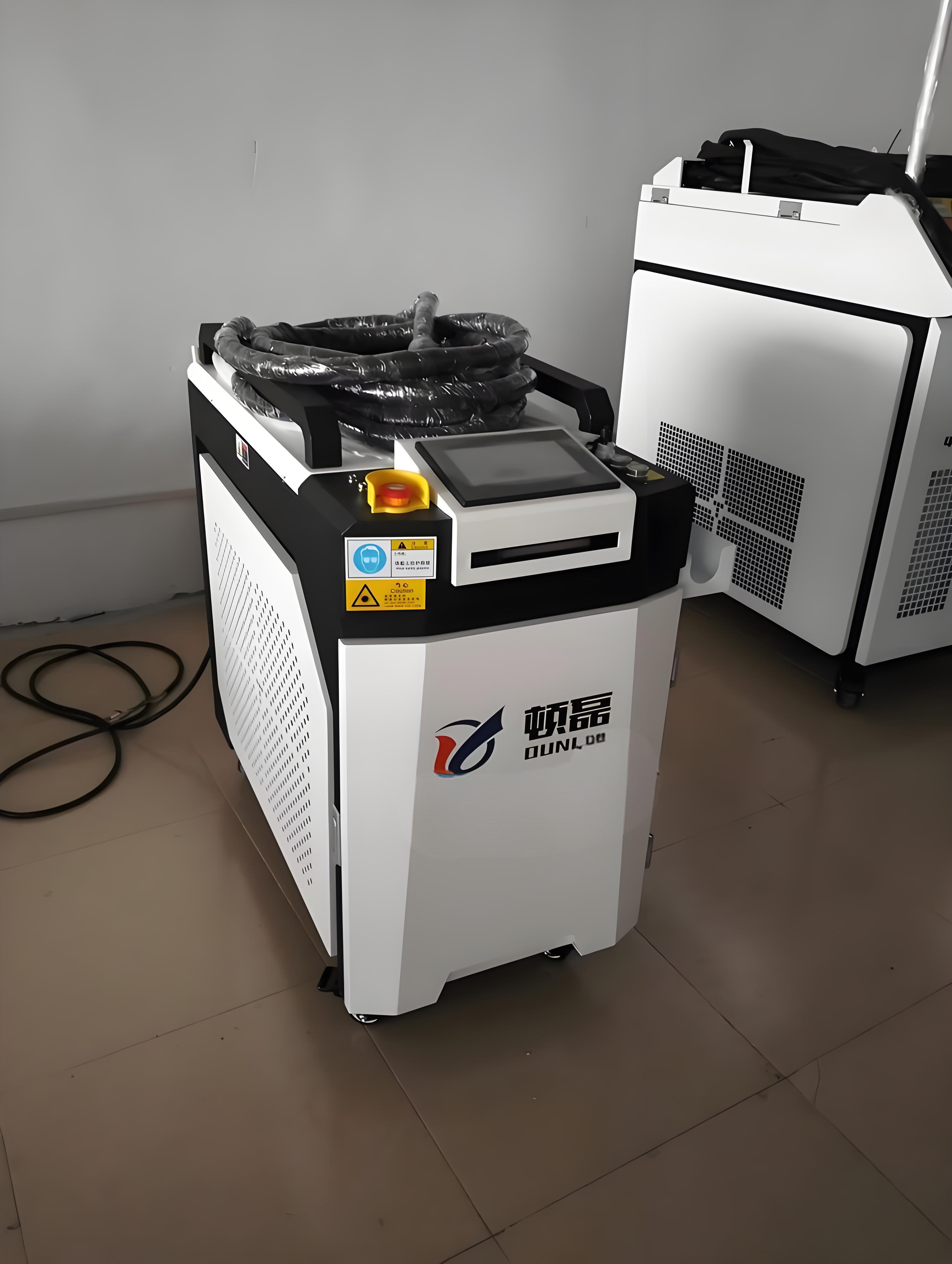
4. Adaptability to Surface Conditions
Not all rusted surfaces are flat or uniform. In my work with complex machinery, I’ve encountered parts with curves, crevices, or irregular shapes. A laser with a variable focal length system, like KEYENCE’s 3-Axis hybrid laser, can adjust dynamically to maintain focus across uneven surfaces. This adaptability is a game-changer, ensuring consistent results without constant manual adjustments.
Practical Tips for Optimizing Focal Length
Based on years of tweaking laser systems, here are some practical insights to help you get the most out of your laser rust removal machine:
Know Your Machine’s Specs: Different lasers have different optimal focal lengths. For example, many fiber lasers used for rust removal have focal lengths between 200 mm and 500 mm. Check the manufacturer’s guidelines—my go-to for a 1500W machine is around 430 mm for most applications.
Adjust for Rust Thickness: Light rust might need a tighter focus for precision, while heavy rust benefits from a slightly longer focal length to cover a larger area. I always start with a test patch to dial in the settings.
Use Z-Tracking if Available: Advanced systems with Z-tracking (like those from KEYENCE) automatically adjust the focal length to maintain focus. This is a lifesaver for uneven surfaces or large-scale projects.
Monitor Surface Feedback: Watch for signs of ineffective cleaning (e.g., remaining rust) or surface damage (e.g., burns). Adjust the focal length in small increments—sometimes even 1 mm makes a difference.
Maintain Consistent Distance: For handheld lasers, keeping a steady hand is crucial. I’ve trained operators to use guides or spacers to maintain the correct distance between the laser head and the workpiece.
Real-World Applications and Challenges
Let me share a story from a project I worked on last year. We were tasked with restoring a rusted steel bridge section, a job that required both speed and precision to avoid damaging the structural integrity. Using a 2000W fiber laser, we initially struggled with inconsistent results because the operator wasn’t maintaining the optimal focal length. The rust was thick in some areas, and the beam was either too diffuse or overly intense, causing minor surface pitting. After recalibrating to a 450 mm focal length and using a robotic arm for consistency, we achieved a clean, uniform finish in half the time.
This experience taught me that focal length isn’t just a setting—it’s a dynamic variable that needs constant attention, especially for large or complex surfaces. For smaller tasks, like cleaning automotive parts or delicate artifacts, a shorter focal length (e.g., 200-300 mm) often works better for precision.
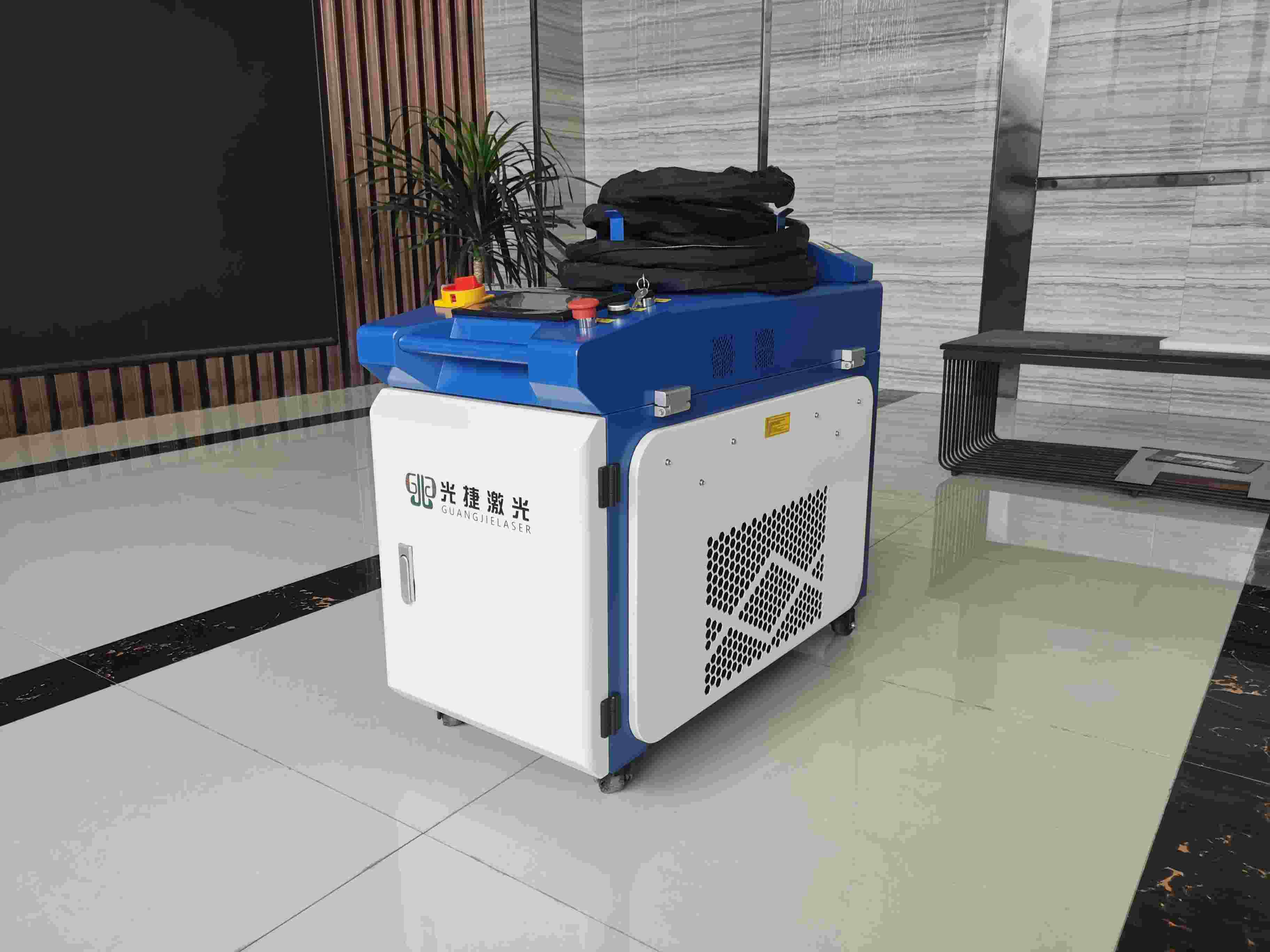
Limitations and Considerations
While focal length is critical, it’s not the only factor. The laser’s power, pulse width, and wavelength also play roles. For instance, a 1064 nm fiber laser is ideal for most metals, but CO2 lasers (with longer wavelengths) are less effective for rust removal due to their interaction with metal surfaces. Additionally, highly reflective metals like aluminum can scatter the beam, requiring precise focal length adjustments to avoid energy loss.
Safety is another concern. A tightly focused laser beam is powerful and can cause eye damage or burns if mishandled. I always ensure operators wear proper safety gear, like laser-specific goggles, and that the machine is equipped with a Class-1 safety enclosure when possible.
Comparing Focal Length Effects Across Laser Types
To give you a clearer sense of how focal length varies by equipment, here’s a table comparing common laser types used for rust removal:
|
Laser Type |
Typical Focal Length |
Best Use Case |
Notes |
|---|---|---|---|
|
Fiber Laser |
200-500 mm |
General rust removal on steel, iron |
High precision, efficient for most metals |
|
CO2 Laser |
300-600 mm |
Non-metal surfaces, limited rust use |
Less effective due to longer wavelength |
|
Pulsed Laser |
200-430 mm |
Precision cleaning, delicate parts |
Short pulses minimize heat damage |
|
Continuous Wave (CW) |
400-600 mm |
Large-scale, heavy rust removal |
Higher heat input, needs careful focus |
In my experience, fiber lasers with pulsed settings and a focal length around 430 mm are the most versatile for rust removal, balancing speed and precision. For heavy industrial applications, a CW laser with a longer focal length might be preferred, but it requires careful monitoring to avoid overheating.
Environmental and Cost Benefits
One reason I’ve championed laser rust removal over traditional methods like sandblasting or chemical cleaning is its environmental friendliness. A properly focused laser produces minimal waste—just a small amount of vaporized rust that can be captured with a dust extraction system. This reduces cleanup time and eliminates the need for hazardous chemicals. Plus, optimizing the focal length ensures you’re using energy efficiently, which keeps operational costs down.
For example, on a recent project cleaning rusted pipes in a factory, we used a 1500W laser with a well-calibrated focal length. The job was completed 15 times faster than sandblasting, with no abrasive media to dispose of. The client was thrilled with the cost savings and the reduced environmental footprint.
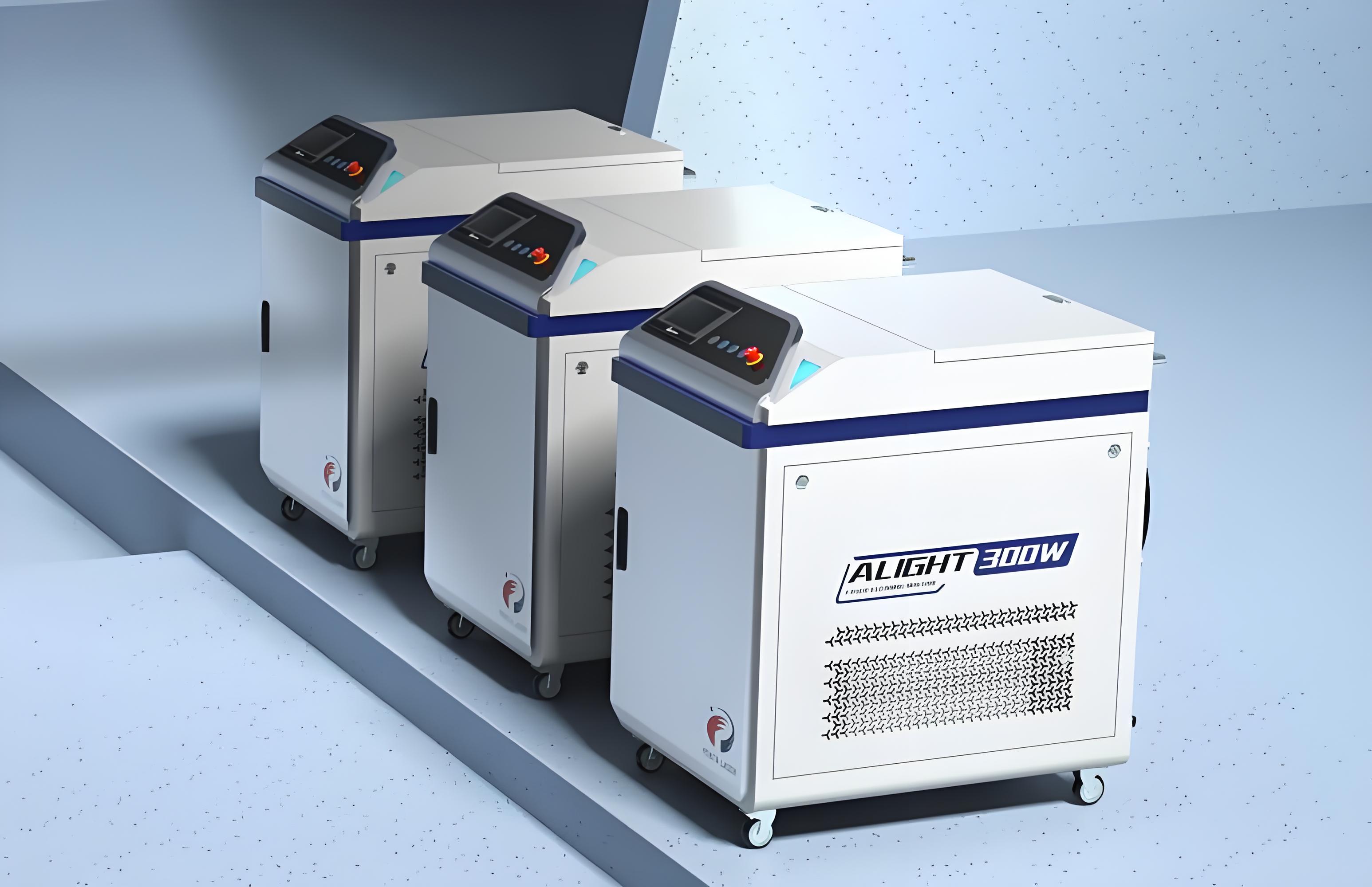
Looking Ahead: The Future of Laser Rust Removal
As laser technology evolves, I’m excited about advancements in variable focal length systems. Newer machines with adaptive optics can automatically adjust the focal length in real-time, making them even more user-friendly and efficient. This is particularly promising for industries like aerospace, where precision is non-negotiable, or cultural heritage preservation, where delicate artifacts demand gentle handling.
Conclusion
After years of working with laser rust removal systems, I can confidently say that focal length is a cornerstone of effective cleaning. It determines how efficiently and precisely you can remove rust while protecting the underlying metal. By understanding your machine’s capabilities, adjusting for rust thickness, and maintaining consistent focus, you can achieve results that are fast, clean, and cost-effective. Whether you’re restoring a vintage car, cleaning industrial equipment, or preserving a historical artifact, getting the focal length right is your ticket to success.
If you’re new to laser rust removal or struggling with inconsistent results, don’t hesitate to experiment with small adjustments and consult your machine’s manual. The learning curve is worth it when you see that shiny, rust-free surface emerge.
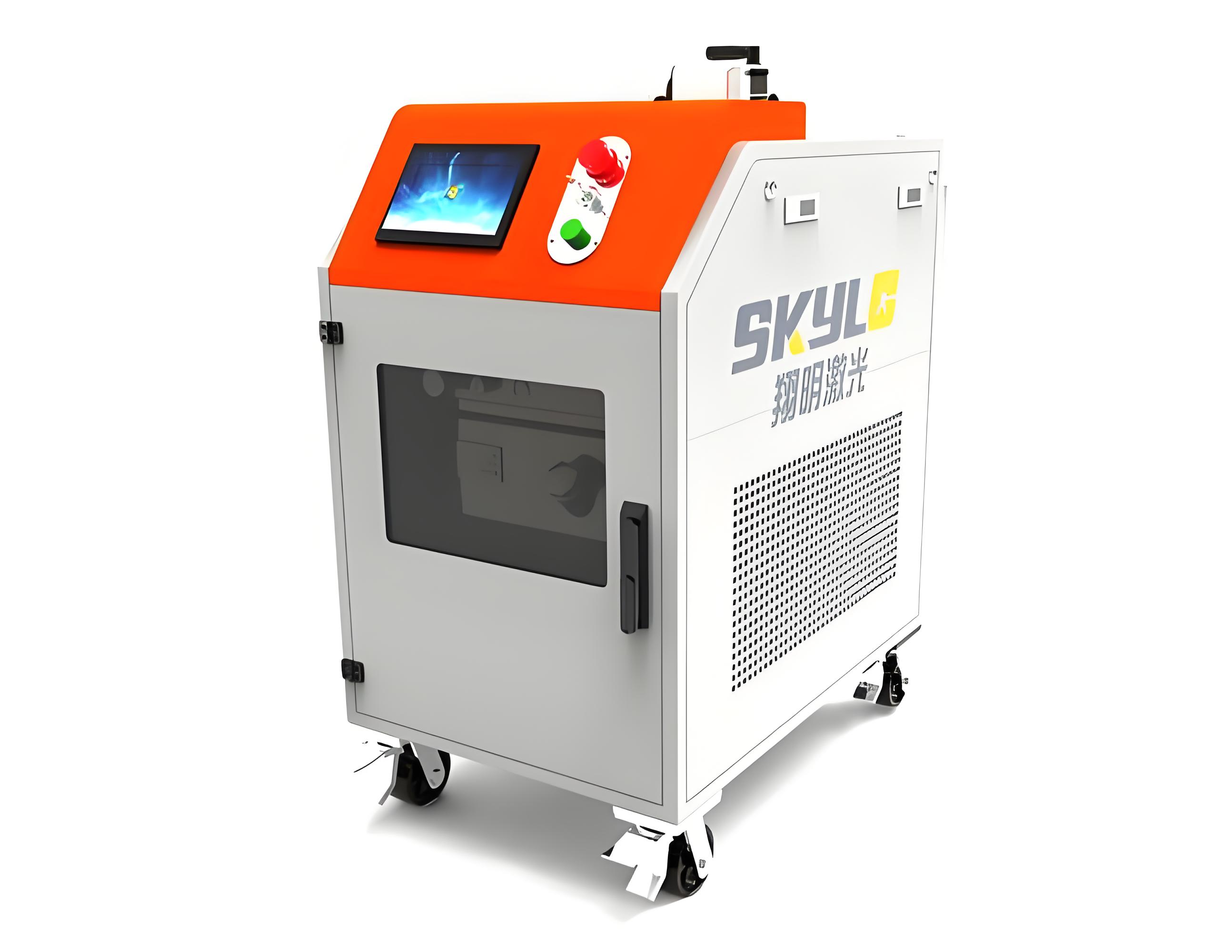
Related Questions and Answers
Q: How do I know if my laser’s focal length is correct?
A: Start with the manufacturer’s recommended focal length (usually in the manual). Test on a small, inconspicuous area and look for clean rust removal without surface damage. If rust remains or the metal shows burns, adjust the focal length in small increments (e.g., 1-2 mm) and retest.
Q: Can I use the same focal length for all metals?
A: Not always. Reflective metals like aluminum may require a slightly different focal length to account for beam scattering. Always check the material’s properties and test on a sample piece first.
Q: Does focal length affect the lifespan of the laser?
A: Indirectly, yes. A poorly focused laser may require higher power settings to achieve the same result, which can stress the laser source over time. Proper focal length settings optimize energy use and extend equipment life.
Q: Is a shorter focal length always better for precision?
A: Not necessarily. Shorter focal lengths provide a tighter beam but a smaller depth of field, which can be tricky for uneven surfaces. For complex shapes, a slightly longer focal length with a wider depth of field might be more practical.

